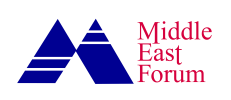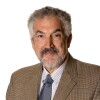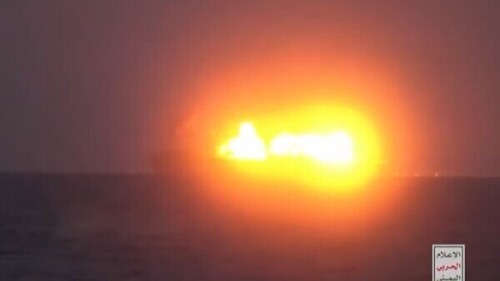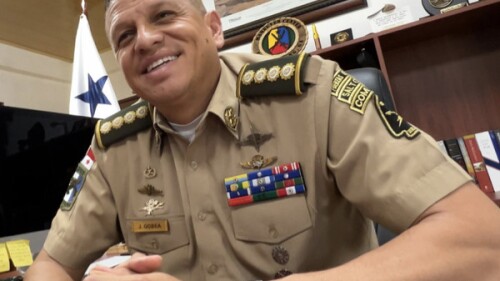What’s new on the niqab and burqa front?
To remind, both garments are designed for the modesty of Muslim females; the niqab covers all but the eyes and the burqa covers the entire face. In “Ban the Burqa – and the Niqab Too,” two years ago, I documented how these two items pose criminal and terrorist dangers.
Is that still the case?
Criminality: Jordan offers a glimpse into the potential for niqabs and burqas as illegal accessories: one news report indicates that 50 people committed 170 crimes using Islamic garments during the past two years, or roughly one incident every four days, a crime wave that has prompted some Jordanians to call for restricting or even banning these Islamic head coverings.
No other country reports nearly so many head-garment-related crimes, but Philadelphia, Pennsylvania boasts multiple robberies (3 banks and 1 real estate leasing office) in a sixteen-month period in 2007-08, including the murder of a police officer.
The United Kingdom has the West’s second-worst record. Jewelry stores – some owned by Muslims – have been targeted in the West Midlands, Glasgow, and Oxfordshire. Two travel agencies were attacked in the adjoining towns of Dunstable and Luton while an armored truck driver was assaulted in Birmingham. Robbery is not the only motive; teenagers in London, used niqab-style face coverings when stabbing a younger boy.
Other criminal incidents in the West include east European pickpockets wearing Islamic headgear in Rotterdam and a burgundy burqa’ed armed robbery at the People’s Bank in Hiddenite, North Carolina (population: 6,000). The man who abducted Elizabeth Smart, 14, of Salt Lake City, forced her to wear a niqab-like garment that hid her in plain sight for nine months.
In response, banks, credit unions, jewelry stores, and schools are limiting access to persons of cover. For example, the Carolina Federal Credit Union of Cherryville, North Carolina, not far from Hiddenite, steers anyone wearing hats, sunglasses, or hoods to an isolated teller where special security measures obtain.
Terrorism: Taliban reliance on burqa’ed terrorism, often of the suicide variety, makes Afghanistan the current world epicenter of this tactic. On two occasions, authorities foiled would-be suicide bombers before they could act – one a Russian male convert to Islam with 500 kilograms of explosives in an automobile in Paktia Province, the other an Afghan woman hiding a bomb in Jalalabad.
An Afghan soldier stands guard over a burqa used by a male Taliban suicide bomber to attack government buildings in Paktia Province. |
Usually, though, violent intentions are hidden by the burqa, becoming apparent only after an attack begins:
- A Taliban commander, Haji Yakub, was killed in burqa as he tried to escape a house in Ghazni Province while attacking U.S. forces.
- A Taliban operative, Mullah Khalid, attacked a police patrol in a crowded market in Farah Province. killing at least 12 people (7 police, 5 civilians).
- A suicide bomber in Helmand Province killed a Pashtu-speaking British soldier before being shot in the forehead.
- About fifteen suicide bombers in burqas armed with suicide vests, Kalashnikovs, and grenade-launchers drove to government buildings in Paktia Province and killed 12 persons.
Iraq suffered three such incidents (a male insurgent disguised as a pregnant woman, an attempted assassination of a governor, and two suicide bombers killing 22 Shi’i pilgrims) while Pakistan suffered two (one, operating from a rickshaw, killed 15 people). The attack on Mumbai that left nearly 200 dead included a mysterious burqa’ed woman. Elsewhere, incidents involved an attack on French tourists picnicking in Mauritania and a Molotov cocktail attack in Bahrain.
Oh, and on the bright side, Herve Jaubert, a Frenchman falsely accused of embezzling $3.8 million managed to escape Dubai by donning a niqab.
As an ancillary problem, new studies in both England and Ireland have found that covered women (and their breast-fed children) tend to get rickets disease due to an insufficiency of vitamin D, which the skin absorbs from sunlight.
(For greater detail on all these issues, see my weblog entry, “The Niqab and Burqa as Security Threats.”)
I have previously called for a ban on “these hideous, unhealthy, socially divisive, terrorist-enabling, and criminal-friendly garments” from public places. Now joining with fed-up Jordanians, I reiterate that call. Islam requires that women wear neither niqab nor burqa, while public welfare emphatically requires their public prohibition. How many more cases of robbery and terrorism must occur for this common-sense stricture to be applied from Afghanistan and Jordan to the United Kingdom and Philadelphia?








